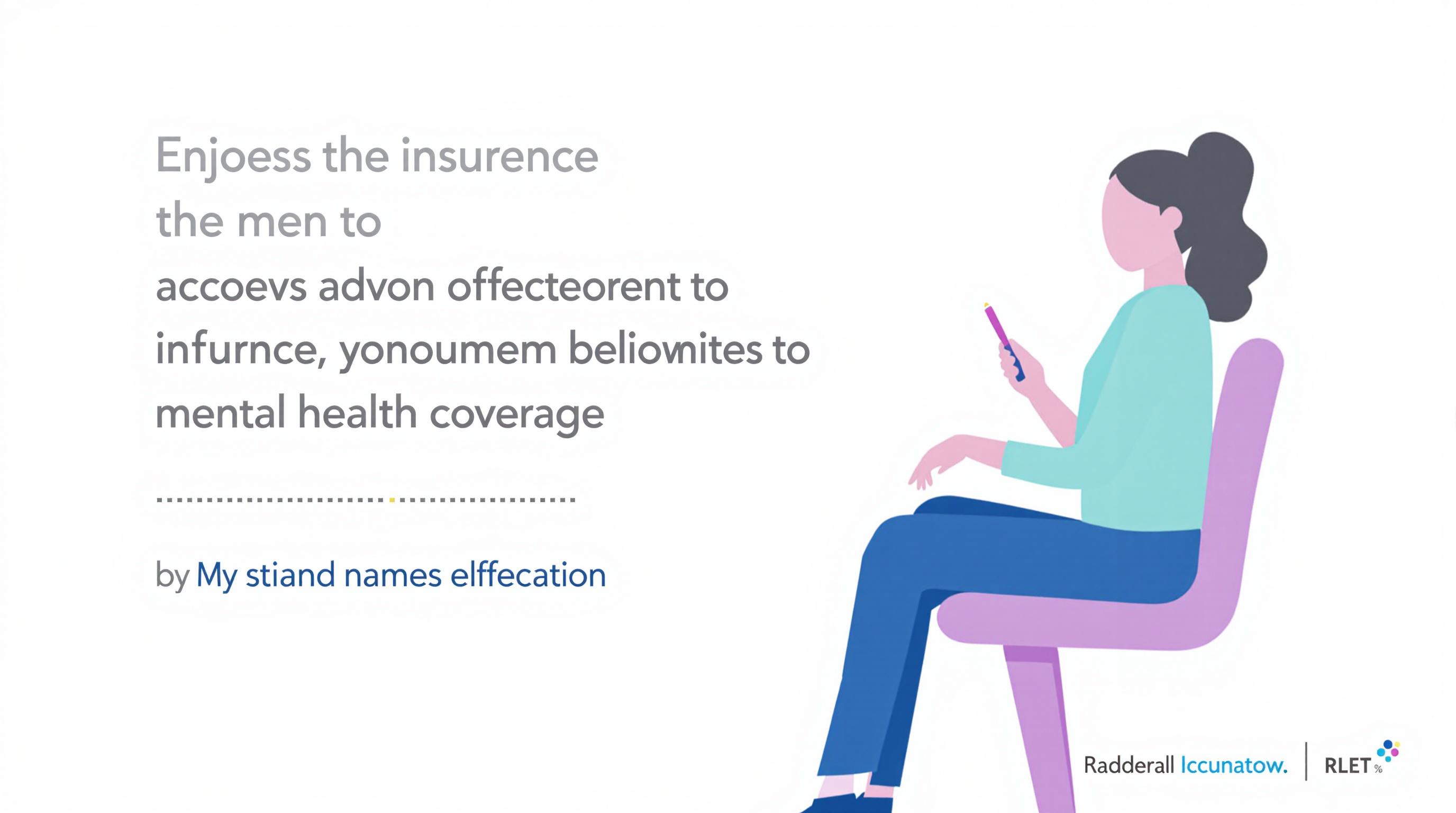Related Articles
- The Unexpected Impact of Environmental Factors on the Accuracy of Medication Dispensing Technologies
- Exploring the Influence of Mental Health Stigma on Accessibility and Affordability of Coverage in Modern Insurance Plans
- How Cloud Storage Quirks Are Quietly Complicating Patient Data Protection in Modern Healthcare Settings
- Top 6 Emerging Medical Billing Platforms Revolutionizing Practice Revenue Cycles Since 2019
- When Digital Distance Deepens Divide: Surprising Social Costs of Remote Health Services in Underserved Communities
- The Unexpected Role of EHR Usability in Physician Burnout and Strategies to Reclaim Workflow Balance
How Alternative Healing Practices Are Forcing Insurers to Rethink Coverage Strategies in Unexpected Ways
How Alternative Healing Practices Are Forcing Insurers to Rethink Coverage Strategies in Unexpected Ways
Alternative healing methods are reshaping how insurance companies approach their coverage plans in surprisingly complex ways. This shift is compelling insurers to innovate, adjust risk assessments, and reevaluate traditional health paradigms to remain competitive and responsive.
A New Wave in Healthcare: Alternative Healing Gains Momentum
Once relegated to the fringes of medical care, alternative healing practices such as acupuncture, herbal remedies, and mindfulness therapies have surged into mainstream acceptance. According to a 2022 survey by the National Center for Complementary and Integrative Health (NCCIH), nearly 40% of American adults have used some form of alternative medicine, revealing a growing demand from consumers.
The Insurance Industry’s Initial Resistance
Historically, insurers have been hesitant to include non-conventional treatments in their coverage due to concerns about efficacy, regulation, and potential fraud. Yet, the swell of patient interest has created pressure to revisit these stances. The American Journal of Managed Care notes that insurers who embrace integrative approaches often see improved patient satisfaction and reduced claims in some chronic conditions.
Case Study: Blue Cross Blue Shield’s Pilot Program
In 2021, Blue Cross Blue Shield (BCBS) launched a pilot integrating coverage for acupuncture and naturopathy within select plans. The preliminary results were promising: patients utilizing alternative methods for chronic pain reported up to 25% fewer hospital admissions. BCBS cited improved outcomes and reduced costs as drivers for expanding these options nationwide.
Reimagining Risk: How Alternative Healing Affects Underwriting
Alternative treatments challenge traditional underwriting models. Since these therapies often lack large longitudinal clinical trials, actuaries struggle to quantify risks and benefits. Some companies respond by creating hybrid metrics combining patient-reported outcomes with limited clinical data. This evolving approach is an ongoing experiment in balancing innovation and actuarial prudence.
“You Can’t Always Put It in a Spreadsheet”
Dr. Renee Chapman, a healthcare economist aged 47, remarks, “Alternative healing pushes us to appreciate qualitative factors — quality of life improvements, patient empowerment — that don’t always show up in standard risk tables.” This perspective encourages insurers to adopt more holistic and patient-centered models.
Shifting Consumer Expectations and Market Competition
The millennial and Gen Z demographics are particularly savvy about health and wellness, often favoring natural and preventative options over pharmaceutical fixes. Insurers have noticed an uptick in policyholders seeking plans that reimburse yoga therapy, meditation apps, and holistic nutrition counseling. Failure to innovate risks losing market share to newer, more agile players.
From Skepticism to Strategic Partnership
Some creative insurers have begun collaborating directly with alternative care providers to develop tailored coverage packages. For instance, Cigna’s partnership with mindfulness startup Calm in 2023 offers subscribers access to meditation resources integrated with health coaching. This synergy exemplifies how insurers are pivoting from gatekeepers to facilitators of wellness.
Statistical Snapshot: The Cost Dynamics
A report by Deloitte in 2023 suggests that incorporating select alternative therapies can reduce overall costs by up to 15% when used as adjuncts in chronic disease management. This is often due to fewer emergency visits, less reliance on prescription drugs, and shorter recovery periods.
Laughing Our Way Through Coverage Meetings
Imagine a room full of insurance actuaries trying acupuncture in-house just to understand coverage nuances — it’s unexpectedly hilarious. Bob from risk assessment wincing as needles prick his finger instead of his back, while Susan questions if she can claim "spiritual detox" as a business expense. These moments reflect the real cultural shifts happening behind closed doors.
Regulatory Hurdles: A Patchwork Landscape
Insurance regulations vary widely between states and countries, complicating efforts to standardize coverage for alternative care. Some jurisdictions demand strict evidence of efficacy; others adopt a more open stance under complementary health laws. Navigating this regulatory quilt necessitates savvy legal teams and constant adaptation.
Consumer Stories: Real People, Real Changes
Take Maria, a 34-year-old teacher from Oregon, who struggled with chronic migraines for years before discovering osteopathy and herbal treatments. After gaining coverage through her insurer’s new integrative plan, Maria reports a drastic improvement, allowing her to reduce medication use and avoid costly emergency room visits — a win-win for both patient and insurer.
The Future: Integration or Fragmentation?
Will insurance coverage for alternative healing unify mainstream and fringe practices, or will it remain fragmented? Experts suggest a growing hybrid model, where conventional medicine coexists with validated alternative therapies. This convergence could redefine value-based care and prompt a more inclusive understanding of health.
Final Thoughts
The rise of alternative healing is far more than a passing trend; it signifies a fundamental transformation in healthcare philosophies. For insurers, adapting involves embracing uncertainty, investing in innovative evaluation methods, and fostering collaborations beyond traditional boundaries. As this landscape evolves, the winners will be those who blend flexibility with rigor — and respond to the holistic needs of the people they serve.




